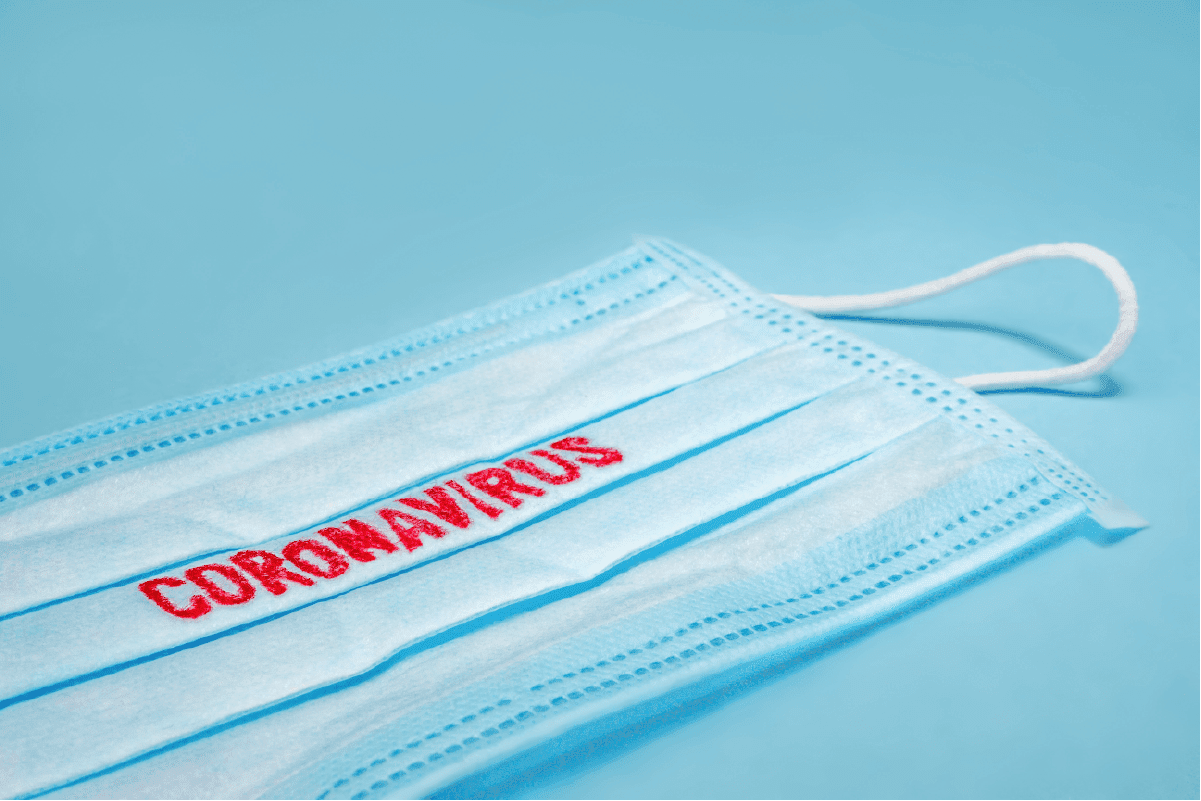Environmental Allergies and Eczema


Also known as atopic dermatitis, eczema is characterized by an itchy, red rash —similar to the symptoms associated with allergic skin reactions. While environmental allergies typically don’t cause eczema, they can trigger a flare-up or worsen eczema by further irritating your child’s already sensitive skin.
Common irritants in a child’s environment can include pet dander, dust mites, pollen, cigarette smoke, and mold. Certain fabrics (such as wool) can also aggravate a child’s skin, as well as scented products (perfumes, dyes, etc.). Being in excessive heat or a particularly dry climate are also believed to be catalysts for eczema.
Another form of eczema — allergic contact dermatitis — occurs when your skin comes in contact with something you’re allergic to, such as a certain metal. Exposure to poison ivy, poison oak, and poison sumac can also cause allergic dermatitis.
What you can do
- Keep your home clean. Dust often and be sure to vacuum carpets frequently.
- Get rid of dust mites by washing bedding, curtains, and stuffed animals every 1-2 weeks in very hot water.
- Dust mites thrive in a moist environment, so keep your home’s humidity at below 50 percent. If it’s too high, you might need to get a dehumidifier.
- Wash clothes in a detergent that is made for sensitive skin and is fragrance-free. The same goes for soap, gel, and lotions that are put directly on the body.
- Close your windows during peak allergy season in the spring and fall.
- In the winter, keep the air in your child’s bedroom moist with a cool-mist humidifier.
- Don’t allow smoking in your home or around your child.
Sources:
- National Eczema Association
- Infant and Toddler Eczema.
American College of Allergy, Allergy & Immunology - Eczema in children.
American College of Allergy, Allergy & Immunology - Indoor Allergens.
University of Maryland Medical Center - Eczema.
Powered by Bundoo®












































